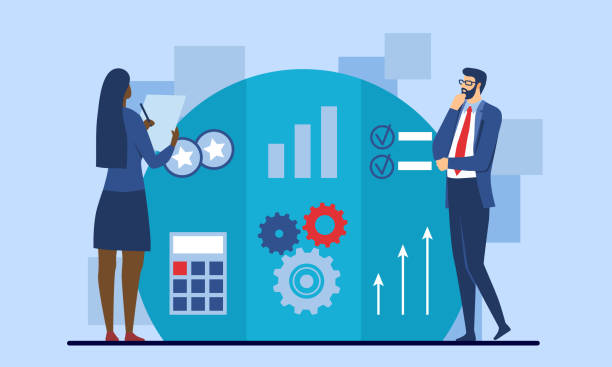As the workplace landscape and job requirements evolve, the pursuit of effective learning using developmental strategies also picks pace. Organizations are continuously searching for innovative approaches to enhance employee performance and drive business success.
Organizations are adapting to the use of microlearning solutions; bite-sized content pieces are empowering learning with the potential to deliver substantial results.
In this blog, we will discuss the impact of microlearning on performance.
What is Microlearning?
Microlearning is a specialized pedagogical method that involves delivering concise, focused, and easily understandable content to learners.
These small lessons are designed to match the needs of learners and cater to the decreased attention spans. This training approach especially helps learners who prefer consuming relevant information in quick succession.
Does this quick, trendy approach make a measurable impact?
Does it improve your performance and productivity levels? Well, here’s video evidence.
Objectives to Measure the Impact
Before measuring impacts, we need to establish clear objectives.
Increased productivity, knowledge retention, skill development, and employee satisfaction are often seen as common objectives. When these objectives are clearly defined and met, you can effectively gauge the impact of microlearning.
Measuring the impact of microlearning always requires a strategic approach.
Below are some steps to help you measure the impact of microlearning on performance.
Baseline assessment
Baseline assessment plays an important role in the effective implementation of microlearning strategies. It involves conducting a thorough assessment of current performance levels. This could involve surveys, quizzes, simulations, or any other relevant assessment methods. This initial benchmark can help to serve as a point of reference for future comparisons.
It also helps in defining KPIs (Key Performance Indicators) that an organization wants to improve through incorporating microlearning training for their employees. Existing knowledge gaps and performance deficiencies of employees can also be identified with proper baseline assessment.
In some cases, this assessment can help in creating custom eLearning development mechanisms for individuals, employees, or groups.

Implementation
Developing and introducing microlearning content that is engaging, relevant, and accessible to the learners? It is important to ensure that training material (microlearning content) aligns with the established performance objectives.
The ease of access and engagement are key aspects of implementation. Tracking user interactions such as login/logout frequency, task completion rates, and time spent on each module provides valuable data on learner engagement. Higher learner engagement often results in a more significant impact on performance.
Data gathering
It involves collecting data during and after training sessions. Some prominent benefits that data gathering serves are tracking participants’ learning frequency and module completion rates and collecting feedback from learners and different stakeholders.
Data gathering in microlearning solutions is essential for assessing the effectiveness of training material and its outcomes, making data-driven improvements, and demonstrating the impact on performance.
Data gathering can also be used for competency mapping for particular individuals who need upskilling.
Impact assessment
Impact assessment takes care of comparing post-microlearning performance data with the baseline data. It searches for the scope of improvement in the chosen KPIs or defined objectives.
It brings back all the initial questions, such as:
- Has employee productivity increased?
- Are employees able to retain more knowledge effectively?
- Is Microlearning serving the benefits it proposed initially?
ROI analysis
It calculates the return on investment by comparing the cost of developing and delivering microlearning solutions, keeping in account the benefits it served. It is important to consider both the tangible and non-tangible benefits these bite-sized training modules have served. Tangible benefits like increased efficiency can be quantified.
Alongside the quantitative data, it is important to gather qualitative feedback from learners and managers to understand the qualitative impact of microlearning on their skills, learning, and job satisfaction.
Sustaining the impact
Measuring the impact of microlearning is not a one-time affair. It is advisable to assess the sustainability of performance improvement over time. This long-term evaluation could provide a holistic view of microlearning’s effectiveness in measuring performance.
Wrapping up
As we continue to be surrounded by short-form content, microlearning modules help organizations boost employee productivity and engagement. With that, it is safe to say that microlearning is not just a trendy approach but a potential tool for enhancing performance in modern work environments.
Through this blog, we shared some important points to measure the impact of microlearning on performance.
We hope you found this information useful.










